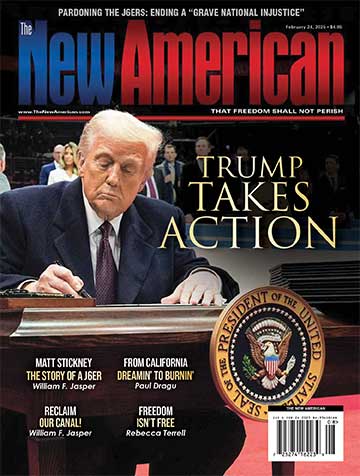
The weakening dollar propelled gold prices in American markets almost to $1,200 an ounce Tuesday morning, Reuters reported. U.S. gold futures for February delivery hit a new record of $1,200.50 an ounce before falling back. Investors are buying the precious metal as an alternative asset.
Early Tuesday morning, gold’s spot price reached $1,198.70, as opposed to $1,179.10 late Monday in New York. Gold had fallen to below $1,140 an ounce last week.
According to Michael Lewis, head of commodities research at Deutsche Bank, seasonal factors are likely to drive the price of gold still higher, with downside risks unlikely before January.
Lewis said, “We see $1.55 in the euro dollar, so that is where we think the main catalyst is for new highs for gold. There is normally quite a strong seasonal pattern in the dollar, (and that) will be driving a further rally in gold.”
The dollar has fallen against other fiat currencies, including "DXY," a basket of six currencies, amidst worries over Dubai’s debt, an interest rate hike in Australia, and the rising euro.
Gold prices began soaring in November with news that India’s central bank had bought 200 tons of gold. That was followed later in the month by announcements of gold acquisitions by Russia, Sri Lanka, and Mauritius. Gold prices rose 13 percent that month.
As the dollar weakens, dollar-priced commodities will be cheaper for holders of other currencies and more expensive in a dollar-based market. Crude oil, for example, rose by nearly 1.5 percent Tuesday morning to slightly over $78 a barrel. We can probably expect a spike in gas prices reflecting the rise in the price of oil relative to the value of the dollar.
Silver and platinum are two other precious metals to watch. On Tuesday morning, the spot silver was bid at $18.75 an ounce against $18.45 an ounce; and platinum was bid at $1,470 an ounce against $1,452. Later in the day, the former was flirting with $19 an ounce. Both metals offer additional evidence of the dollar’s progressive weakening, as both show indications of going still higher.
Since last year’s near-meltdown, the U.S. government has printed well over a trillion fiat dollars. If the money creation spigot continues turning out unbacked fiat dollars unabated, the value of the individual units can hardly help but fall due to their sheer quantity in the world. Were central banks both here and abroad not sitting on them, we would have seen massive price inflation by now. One must wonder how long the powers that be can stem the tides of a destructive hyperinflationary spiral in the world’s largest economy.



